If you have a propane line made of plastic, you may find that it cracks or leaks at some point. This can be a problem, leading to propane gas leaking into your home. If you find that your plastic propane line is cracked or leaking, you can do a few things to repair it.
Depending on the severity of the damage, repairing the plastic propane line may be a simple task that can be done easily with just a few household tools. However, if the damage is more severe, you may need to take the pipe to a professional for repair.
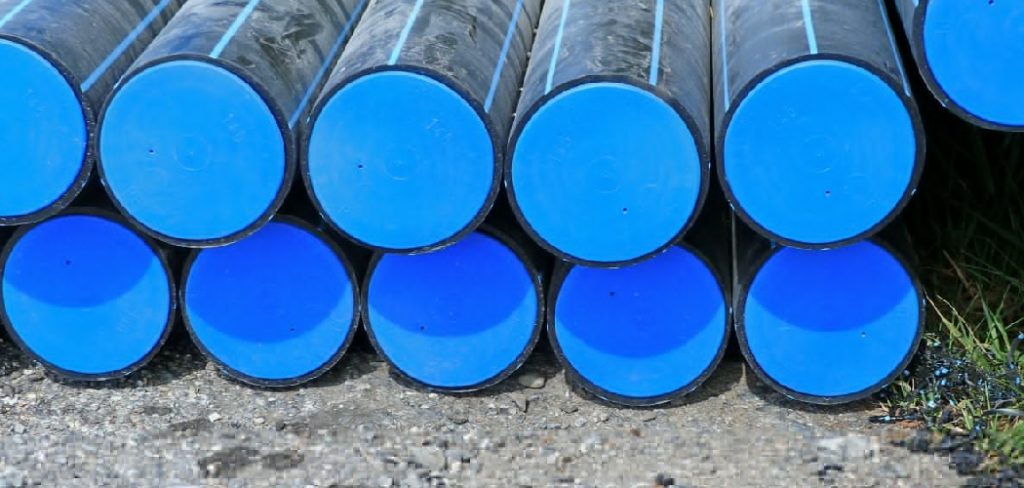
In either case, knowing how to repair the plastic propane line properly will help ensure that your system is safe and functioning properly. In this article, we will discuss the steps needed on how to repair plastic propane line. We will also discuss some of the common causes of damage to these lines. Read on for more information!
Summary: If your plastic propane line is damaged, there are a few simple steps that can be taken to repair it. First, cut off the damaged section of the line. Then, use a pair of pliers to break the line into smaller pieces. Finally, use a garden hose to clean up the mess and seal the newly broken pieces with a hot glue gun.
12 Reasons That Causes Damage to Plastic Propane Line
1. Extreme Temperature
One of the most common causes of damage to plastic propane lines is due to temperature extremes. If the line is exposed to too much heat or cold, it can cause the plastic to crack or break. This is why it is important to keep the line away from direct sunlight or any other extreme heat or cold source.
2. Physical Damage
Propane lines can be damaged if they are hit or bumped. This is why it is important to be careful when handling the line and to keep it away from anything that could damage it.
3. Poor Installation
If the plastic propane line is not installed properly, it can cause damage to the line. As the line is installed, it is important to ensure that it is not kinked or otherwise damaged. If the line is installed improperly, it can stress the plastic and cause it to crack or break.
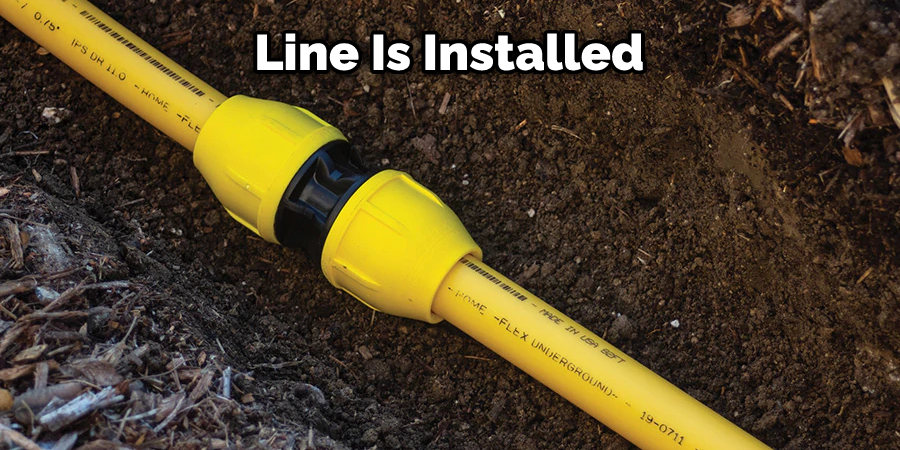
4. Use of Incorrect Fittings
If the wrong fittings are used on the plastic propane line, it can cause damage to the line. This is why it is important to always check the manufacturer’s instructions to make sure that you are using the right fittings for your propane line.
5. Over-Tightening the Fittings
If you over-tighten the fittings on your plastic propane line, it can damage the line. This is because over-tightening can cause the plastic to crack or break. When tightening the fittings, make sure to not go too tight. Be sure to hand-tighten only. To prevent over-tightening, use a torque wrench to ensure that you are not applying too much force.
6. Frequent Leaks
If there is a leak in your plastic propane line, it is important to fix it as soon as possible. Leaks can be caused by damaged or loose fittings, cracks in the plastic, or other problems. If a leak is not fixed, it can cause the line to break or crack further, leading to an even bigger leak. If you have a plastic propane line, it is important to check it regularly for leaks. If you do find a leak, you should fix it as soon as possible.
7. Use of Harsh Chemicals
If harsh chemicals are used to repair the propane line, these chemicals may react with the plastic and cause further damage. In some cases, the chemicals may even cause the plastic to melt. As a result, it is important to avoid using harsh chemicals when attempting to repair a plastic propane line.
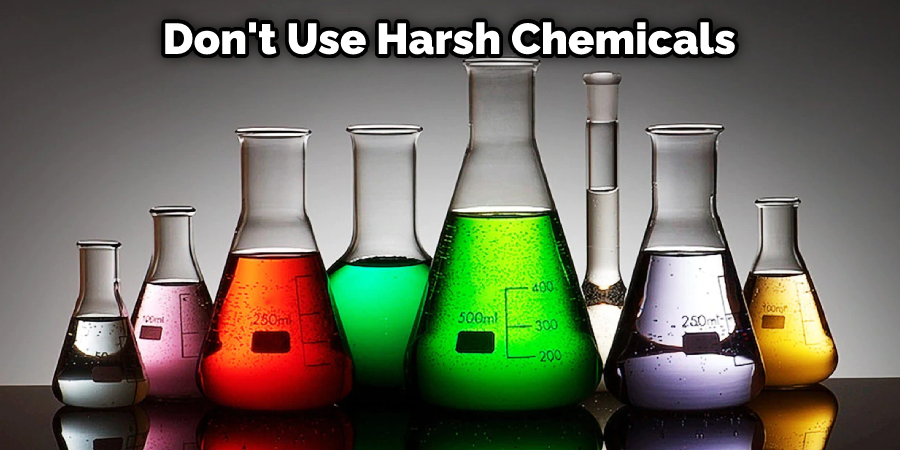
8. Environmental Damage
If the plastic propane line is exposed to the elements, it can become damaged. This is why it is important to ensure that the line is properly protected. When the line is not protected correctly, it can become brittle and crack. To repair this type of damage, you will need to replace the damaged section of the line. It is also important to make sure that you keep the area around the propane line clean and free of debris. Debris can cause the line to become blocked, which can lead to a fire.
9. Poor Maintenance
If the plastic propane line is not maintained correctly, it will become brittle and crack. To prevent this from happening, it is essential to regularly inspect the line for any signs of wear and tear. If any cracks are found, they should be repaired immediately. Be sure to follow the manufacturer’s instructions when performing any repairs.
10. Improper Storage
If the propane line is not stored properly, it can become damaged. Be sure to store the propane line in a cool, dry place away from direct sunlight. Do not store the propane line near flammable materials or in an area where it could be exposed to high temperatures.
11. Exposure to Extreme Temperatures
If the propane line is exposed to extreme temperatures, it can become damaged. This is why it is important to keep the line away from extreme heat or cold sources. If the propane line is damaged by exposure to extreme temperatures, it will need to be replaced.
12. Kinks in the line
If the propane line becomes kinked, it can stress the plastic and cause it to crack or break. This is why it is important to avoid kinking the propane line. If you must bend the line, do so gently and avoid sharp bends.
If a kink does occur, you can try to remove it by heating the area with a hair dryer or heat gun. You can also try to straighten it out with a pair of pliers. If the kink is severe, though, you will need to replace the section of the propane line.
You Can Check It Out to Fix Cross Threaded Plastic
Step by Step Guide: How to Repair Plastic Propane Line
Step 1: Locate the Leak
The first step is to locate the leak. This can be done by checking for any wetness or moisture around the fittings. If there is a leak, you will see water or propane around the fitting.
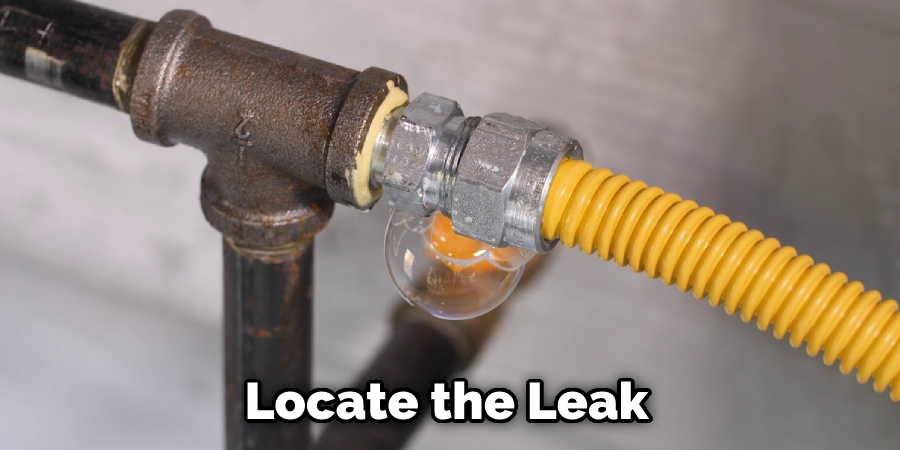
Step 2: Determine the Cause of the Leak
Once you have located the leak, the next step is determining the cause. This can be done by checking for any damage or loose fittings. If there is damage, you will need to replace the damaged section of the line. If the fittings are loose, you will need to tighten them.
Step 3: Repair the Leak
If there is a small leak in the propane line, a special kit can be used to repair it. The kit has an adhesive that will bond with the plastic and seal the leak. Apply the adhesive to the leaking area and then allow it to dry.
Step 4: Check the Fittings
After repairing the leak, it is important to check the fittings by turning on the propane and checking for leaks. If there are no leaks, the repairs have been successful.
Step 5: Test the Line
Once you have repaired the line, it is important to test it. This can be done by turning on the propane and checking for any leaks. If there are no leaks, then the repairs have been successful.
You Can Check It Out to Fix Deformed Plastic
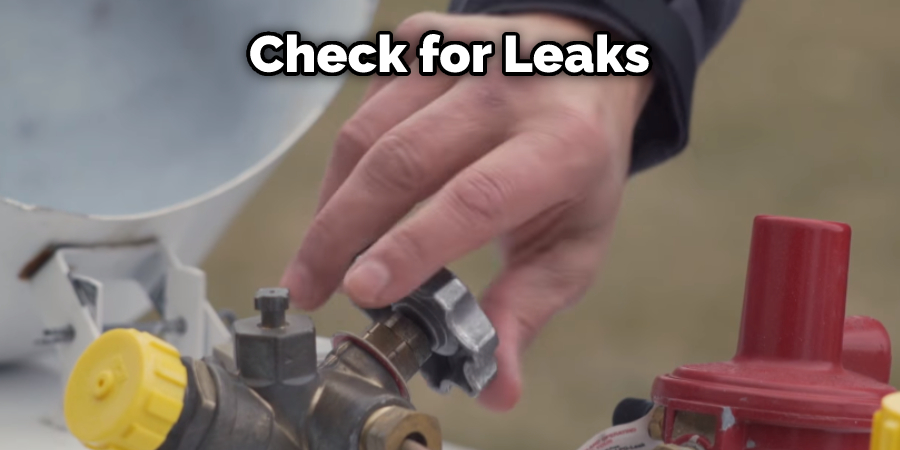
Tips to Maintain the Plastic Propane Line:
Here we have given tips on how to repair plastic propane line and maintain it to avoid damage in the future.
- Check the line regularly for any signs of wear and tear.
- If any cracks are found, repair them immediately.
- Store the propane line in a cool, dry place away from direct sunlight.
- Do not store the propane line near flammable materials or in an area where it could be exposed to high temperatures.
- If the propane line is exposed to extreme temperatures, it can become damaged. This is why it is important to keep the line away from extreme heat or cold sources.
- If the propane line becomes kinked, it can put stress on the plastic and cause it to crack or break. If this happens, replace the propane line.
- Always follow the manufacturer’s instructions when using or storing the propane line.
How to Determine the Cause of the Leak in Plastic Propane Line?
Before you can fix a leak in the plastic propane line, you’ll need to determine where the leak is coming from. There are a few ways to do this:
- Check all of the connections first. If any of the connections are loose, tighten them with a wrench.
- Once you’ve checked and tightened all of the connections, turn on the propane tank and test for leaks again.
- If the leak is still present, there is likely a hole or crack in the propane line. Use soapy water to help locate the source of the leak.
- Once you’ve found the source of the leak, turn off the propane tank and remove the damaged section of the plastic propane line.
- Cut a new section of the propane line slightly longer than the section you removed.
- Use a plastic coupling to connect the new section of the propane line to the existing line.
- Make sure all of the connections are tight and turn on the propane tank to test for leaks.
- If there are no leaks, you’ve successfully repaired the plastic propane line.
Can You Over Tighten Propane Fittings?
Leaking propane fittings is a fire hazard and can also waste fuel. If you have a leaking propane fitting, you’ll need to repair it as soon as possible. But before you begin repairs, it’s important to understand how propane fittings work and how they can be damaged.
Propane is an extremely flammable gas, so all connections and fittings must be tight and secure. Loose or damaged fittings can cause gas leaks, which can be very dangerous. Over-tightening propane fittings is one of the most common ways to cause damage. When you over-tighten a fitting, you can strip the threads or damage the O-ring seal. This can cause leaks, so it is important to be careful when tightening propane fittings.
How Do You Chamfer a Gas Pipe?
If your gas pipe is made of plastic, you will need to chamfer the end of the pipe in order to create a smooth surface for the fittings to be attached to. You can do this by using a chamfering tool, a small, hand-held tool with a rotating blade.
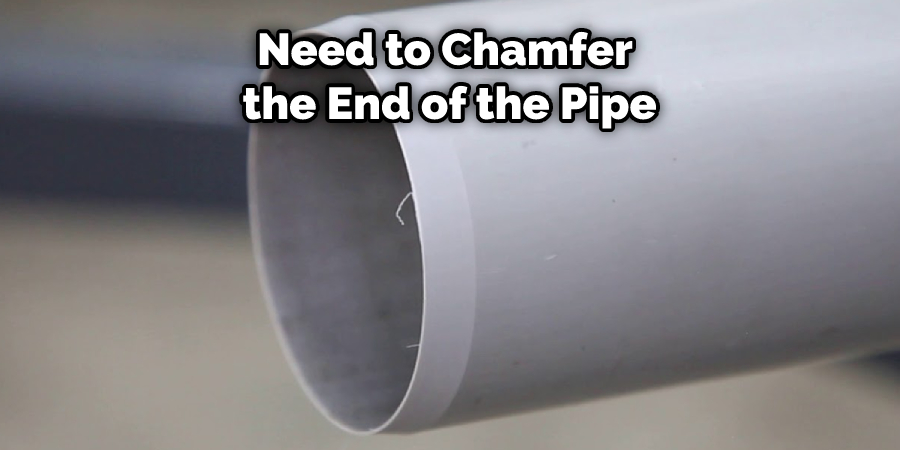
First, you need to cut the pipe at a 45-degree angle using a pipe cutter. Next, you will need to file down the edges of the pipe with a rat-tail file until they are smooth. Finally, you will use the chamfering tool to create a beveled edge on the end of the pipe. Now that you have chamfered the end of your gas pipe, you are ready to attach the fittings.
Frequently Asked Questions
Can Plastic Pipe Be Used for Propane?
While plastic pipe may not be the best option for propane, it is worth considering if you are running out of other options. Plastics can withstand high temperatures and pressure, which makes them a viable option for transporting propane. Additionally, they are often affordable and easy to find.
If you do decide to use plastic pipe for your propane needs, make sure that it is properly sized and fitted for your application. Also, keep in mind that any leaks or cracks in the pipe could lead to an explosion or dangerous gas build-up. So, ensure that everything is being done according to approved safety protocols before starting up your rig!
What Type of Piping is Used for Propane?
Natural gas piping is the most common type of piping used for propane, and it has several advantages over other types of piping. One major advantage is that it does not require insulation, which can save you money in the long run. It also doesn’t emit any foul smells or gases, which makes it a desirable choice for indoor applications.
In addition to these benefits, natural gas pipelines are corrosion-resistant, so they can withstand harsher weather conditions and frequent use. And last but not least, they’re relatively easy to install compared to other types of pipelines.
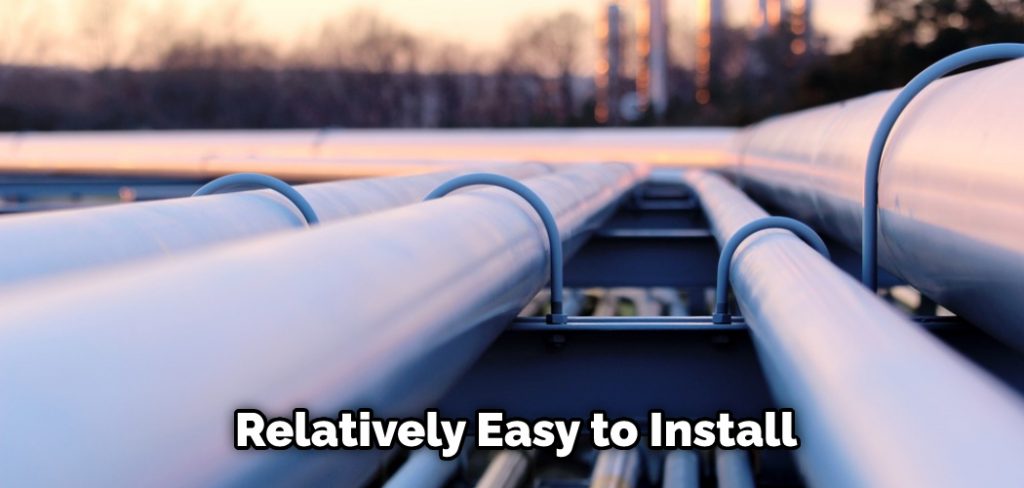
Can You Over-Tighten Propane Fittings?
There is always a risk of over-tightening propane fittings, but this can usually be remedied by using the appropriate torque wrench. If you are unsure about your Tightening Torque or if something feels too tight, it is best to consult with a professional before proceeding. Over-tightening propane fittings can result in leakage and possible fires.
Conclusion
A propane line is a necessary piece of equipment for any outdoor grill. If you have a plastic propane line, it’s important to know how to repair it in case of a leak. Although repairing a plastic propane line may seem daunting at first, it is actually a fairly simple process that can be done with the right tools and some basic knowledge.
If you have any doubts or questions about repairing your own line, it is always best to consult a professional. By following these steps on how to repair plastic propane line, you should be able to repair your plastic propane line in no time. Have any questions? Feel free to reach out to us for more help.
